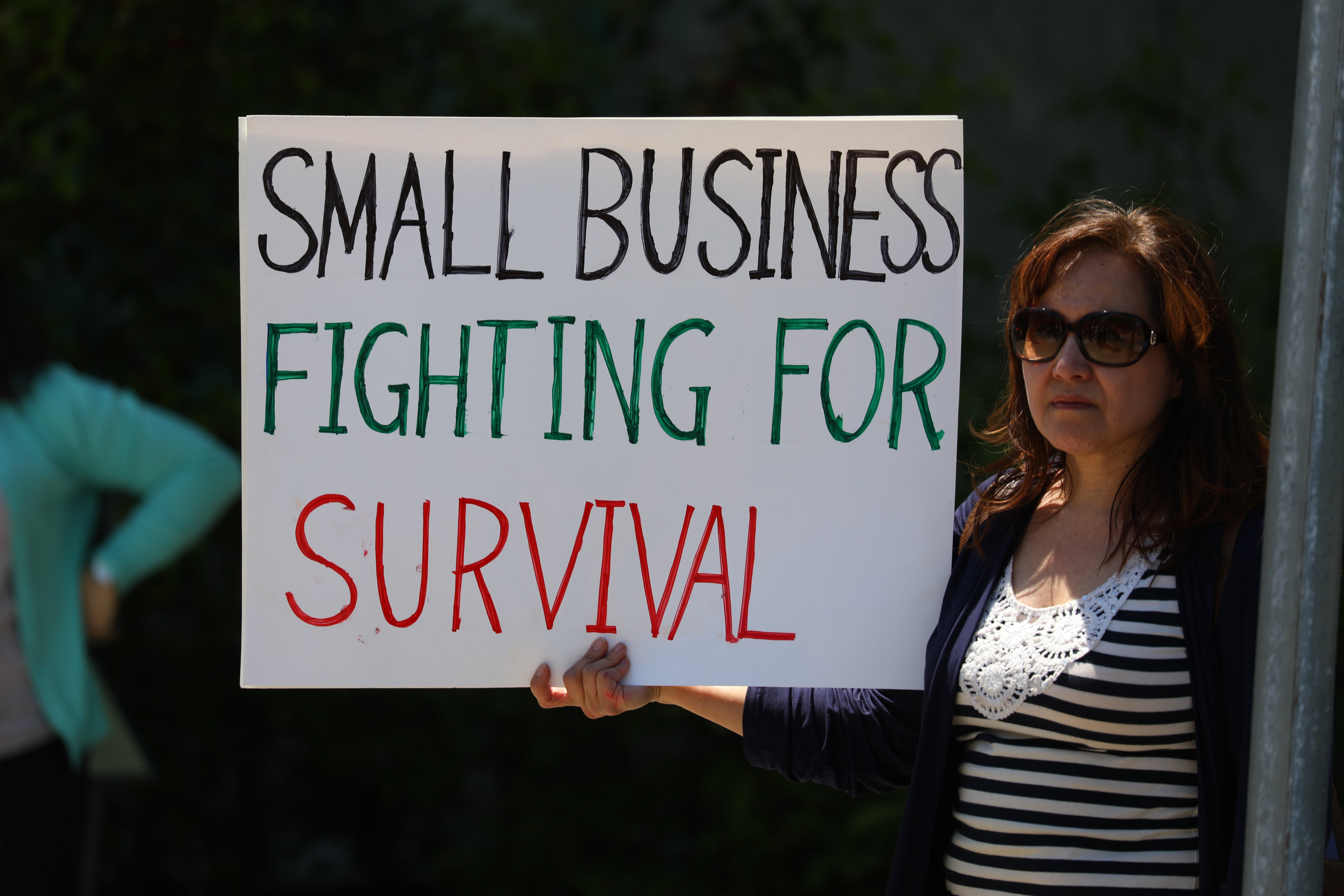Embracing the Encouraging Side of Blogging
Corbett Barr, writing in thinktraffic.net, encourages blog writers to “embrace your encouraging side.” There’s plenty of cynicism and negativity in the world, Barr says, and sometimes readers just want to be encouraged. I heartily agree. In fact, one of the things we tell content writers is that the last thing you want to do in a blog is to be downbeat or attempt to “scare” readers into taking action.
The “press release” aspect of blogging for business dictates that the first sentences of any post must engage interest (with the “or else” being that visitors click away). Different tactics include raising questions in readers’ minds or describing a provocative scene or situation. Your post might play off a topic currently trending in the news, especially one relating to your profession or industry. Now, having gathered information, using it to demonstrate how readers can use that information in their own lives, remember to present the material in reassuring and encouraging words.
As a retired financial planning practitioner myself, I really appreciated what financial psychologist William Marty Martin advised financial planners: “How you communicate can serve to eliminate, decrease, or exacerbate panic experienced within yourself, your family, your team, and your clients…Words have the power of providing comfort, or generating panic, or even helplessness.”
One interesting perspective on the work we do as professional blog content writers is that we are interpreters, translating clients’ corporate message into human, people-to-people terms. That’s the reason I prefer first and second person writing in business blog posts over third person “reporting”. (I think people tend to buy when they see themselves in the picture and when can they relate emotionally to the person bringing them the message.)
The idea that little things can mean a lot when dealing with difficult circumstances is reinforced in an article in Harvard Business School’s Working Knowledge newsletter. “Even as COVID vaccines begin early deployment, pressure on leaders continues to mount to engage in ‘Big C’ change.” But, “instead of questioning everyone and everything I a crisis, leaders should create an atmosphere of trust and confidence.”
“Empathy is the key to gaining readers and followers in all kinds of writing, says Karen Hertzberg of grammarly.com. “from blogging to marketing to social media.”
Embrace the encouraging side of blogging!







Follow us online!